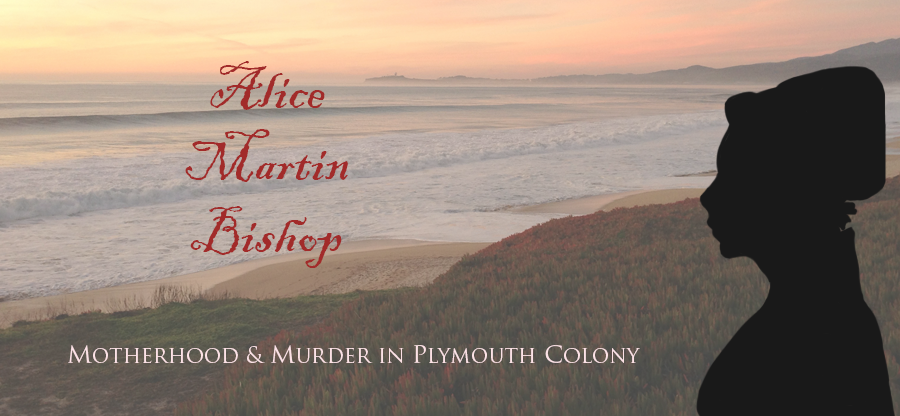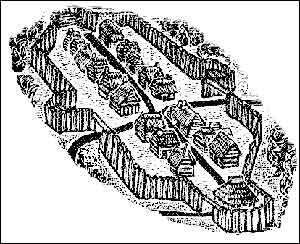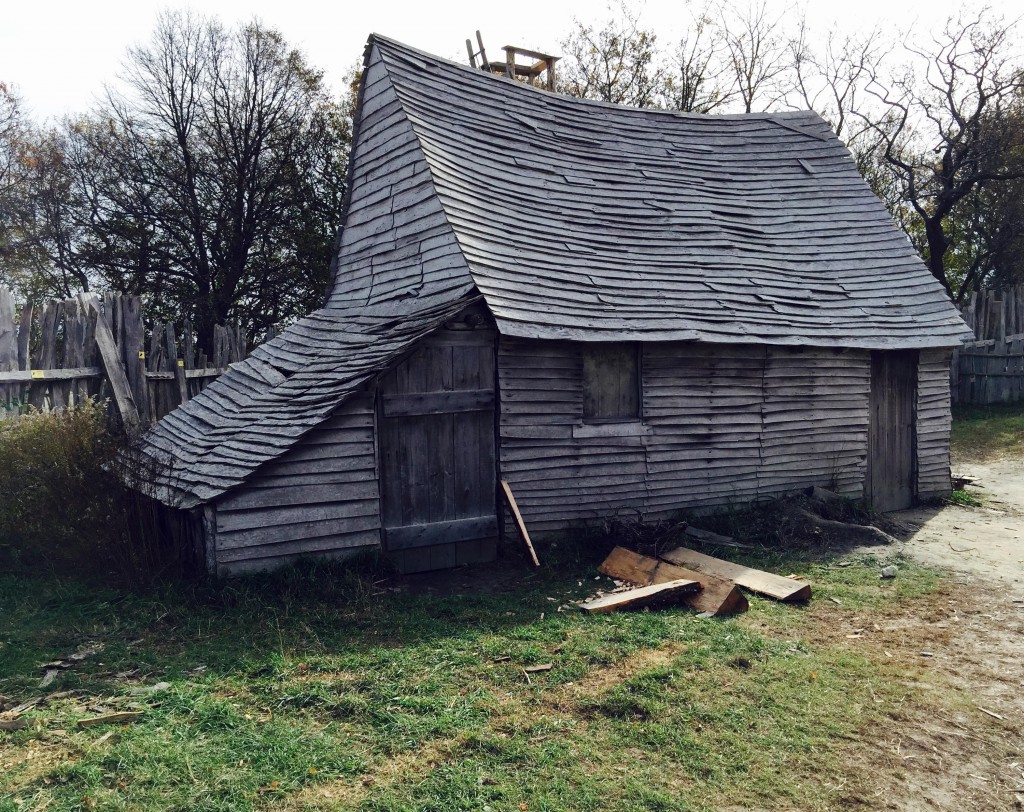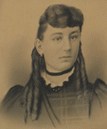Erin Taylor and Kristin Luce, August 2015
The first time I read about Alice Martin Bishop (AMB), the account included the above phrase regarding her murder of Martha: an event of which she said she had no recollection. Almost more than the grisly details of the crime, that phrase stayed with me, offering reassurance that Alice was certainly not in her right mind when she murdered Martha. Her amnesia implied some kind of psychosis or delirium or trauma that would help explain why she committed such an unimaginable act.
Another variant of this phrase appears, positioned at the moment of Alice’s execution: “Before she was hanged, she said she had no recollection of what she had done.” When I eventually saw the original documents in the Plymouth Colony Records (PCR), neither phrase was there. When, and who, had added them, and why? Was it simply a case of sloppy transcribing? Was it another descendent, trying to give Alice an out, centuries later? Or was it someone trying to embellish the rather dry court records?
I found more colorful embellishments with additional Internet searches. For example, Alice was described as “hysterical.” Again, I reread the primary source, unclear of how I could have missed such a dramatic detail. I missed it because it isn’t there.
Erin tracked down the original appearance of “hysterical” in what is perhaps the most outlandish retelling of the AMB story, from Daniel Allen Hearn, in Legal Executions in New England. Hearn writes: Continue reading





